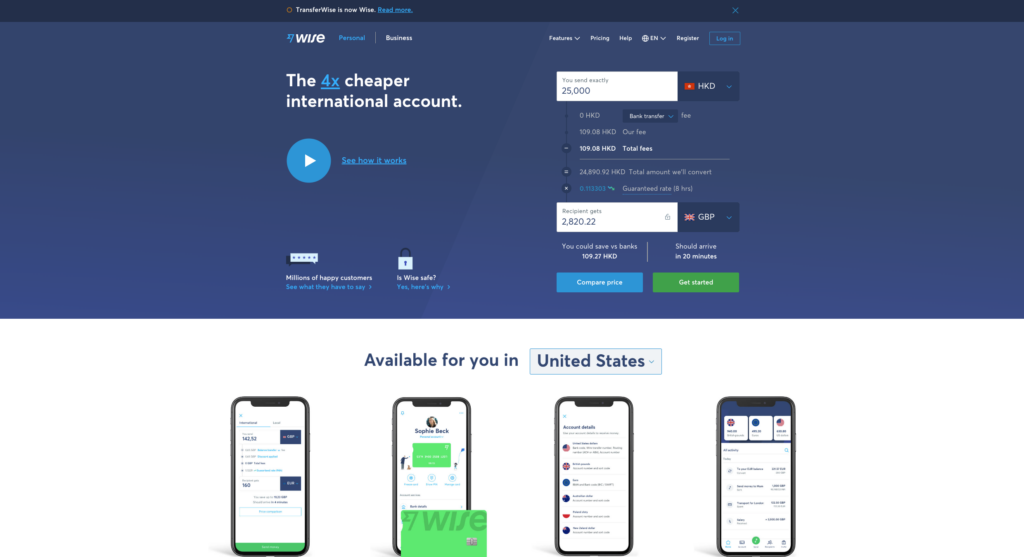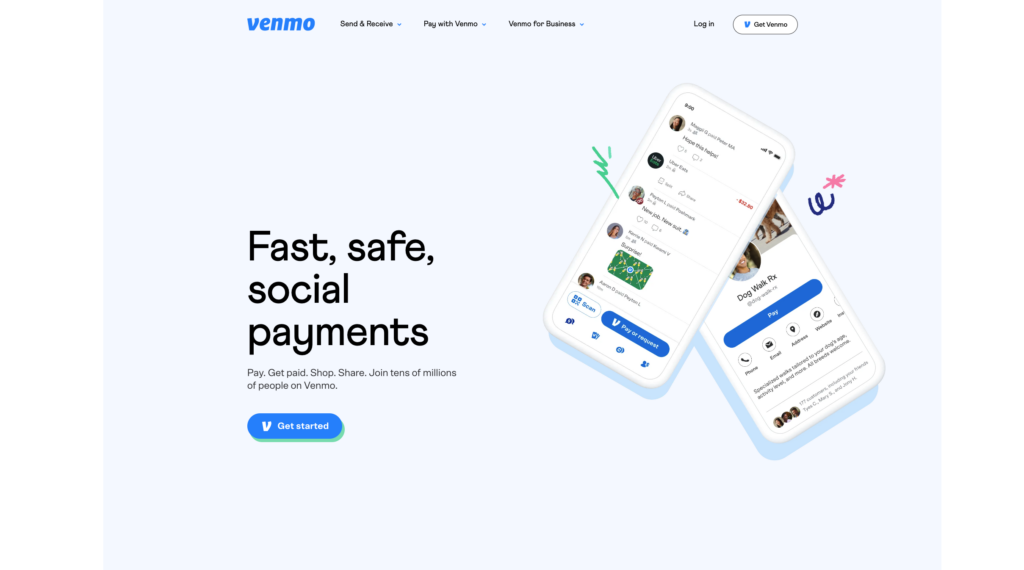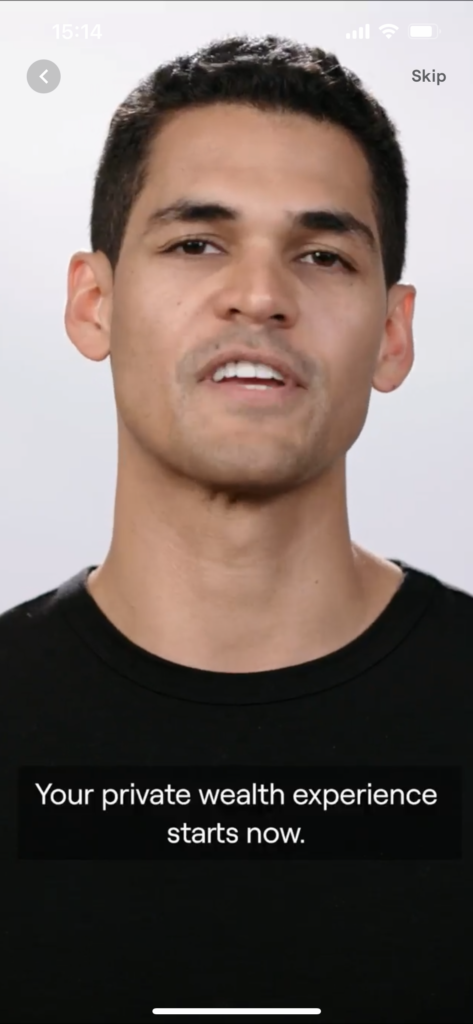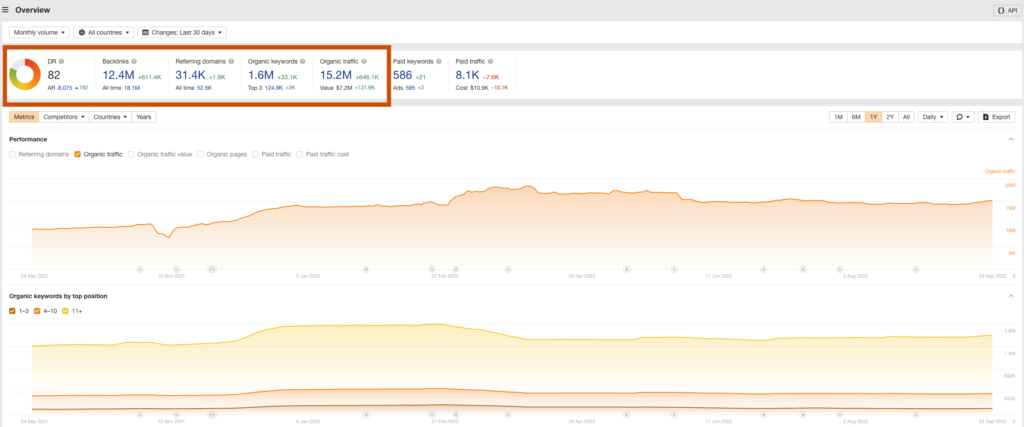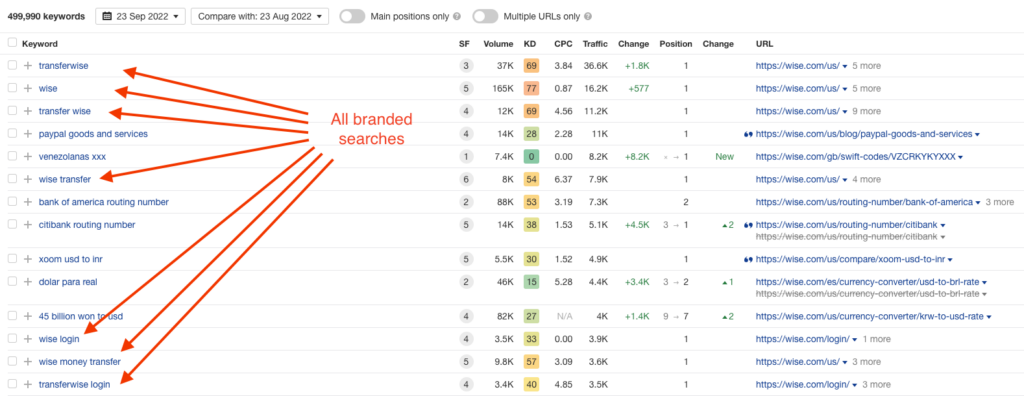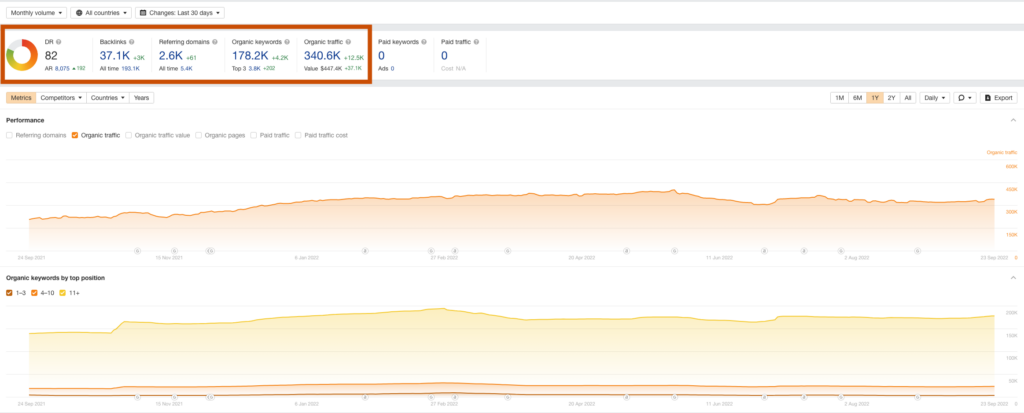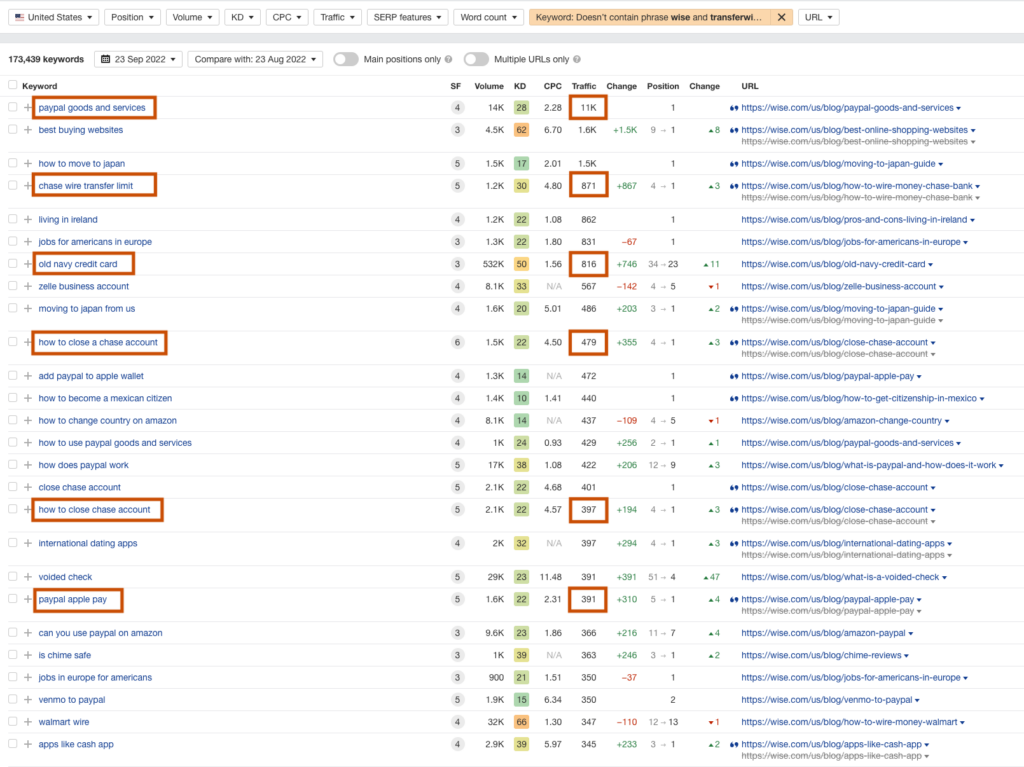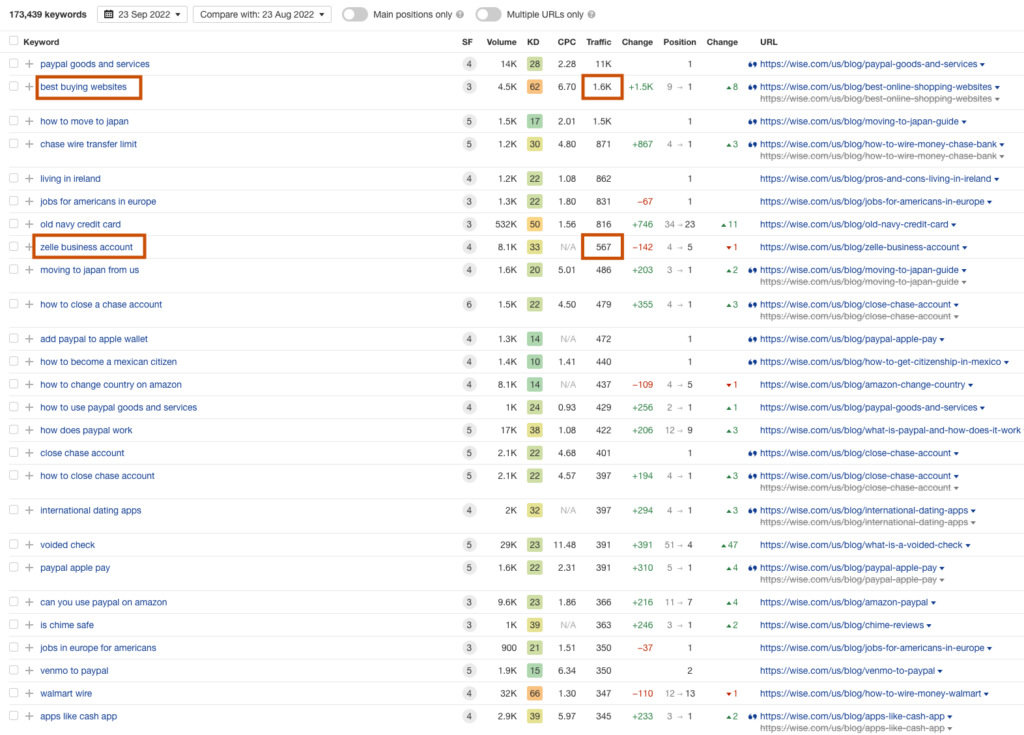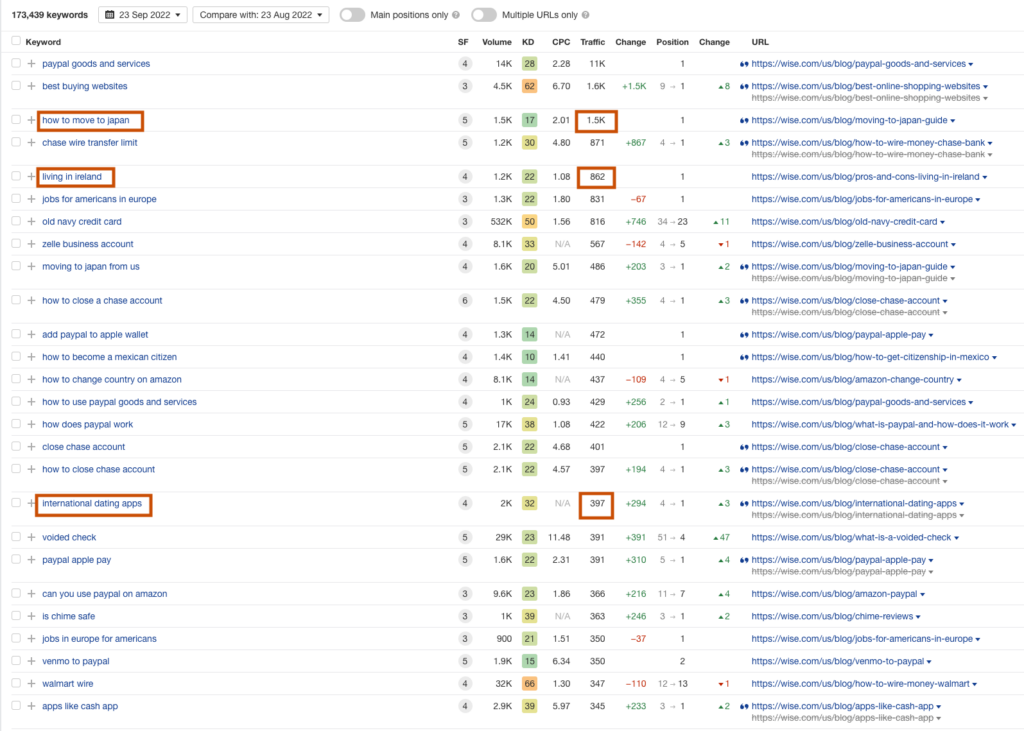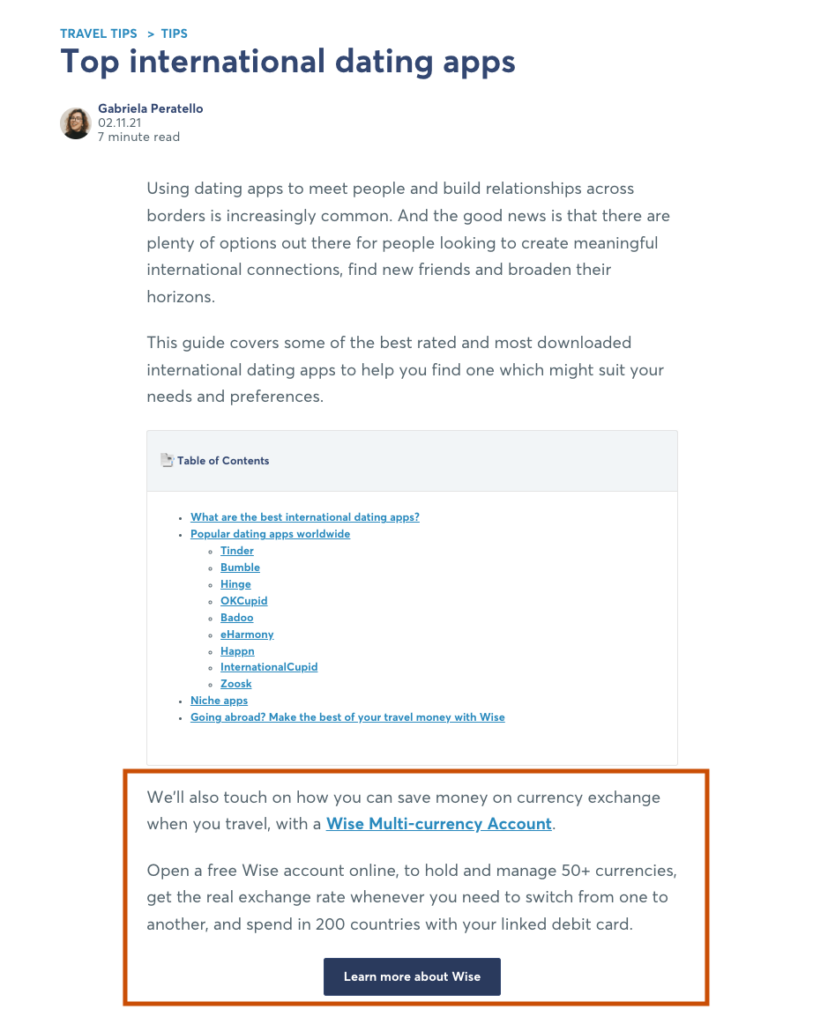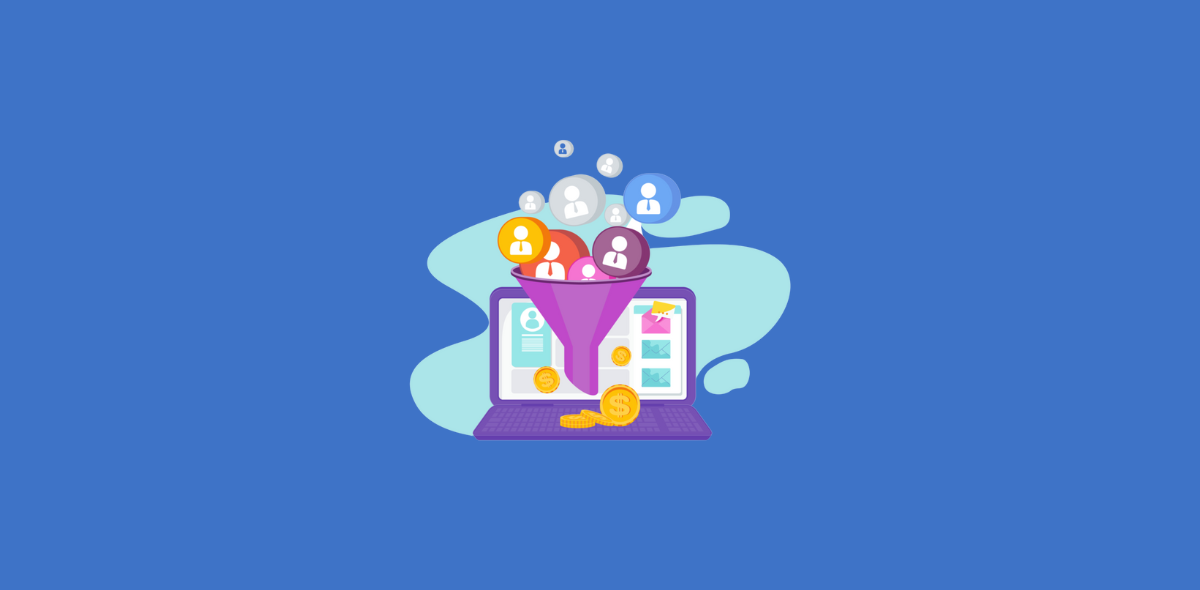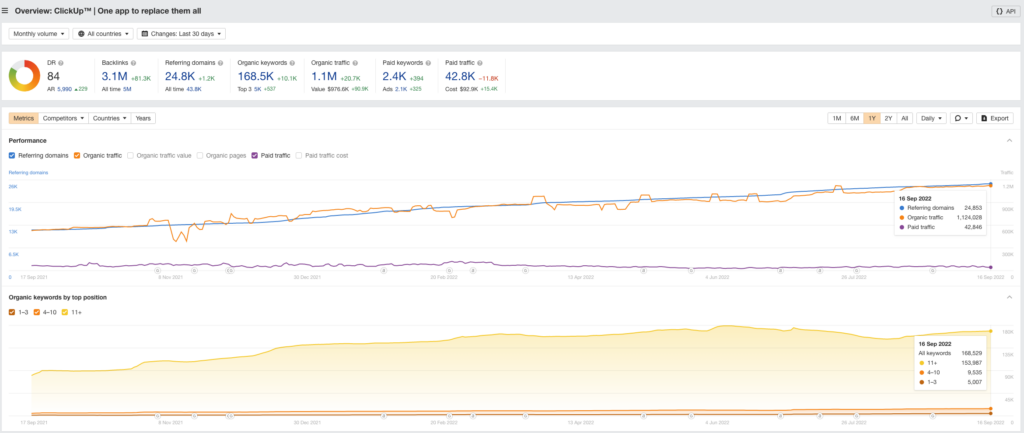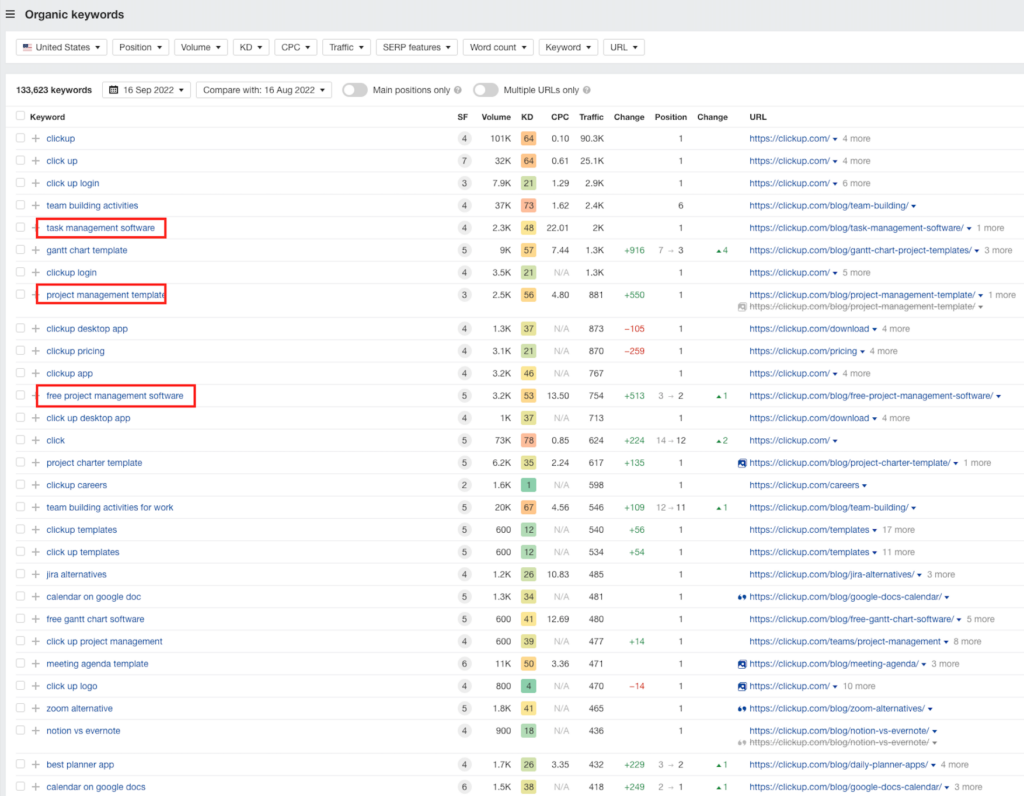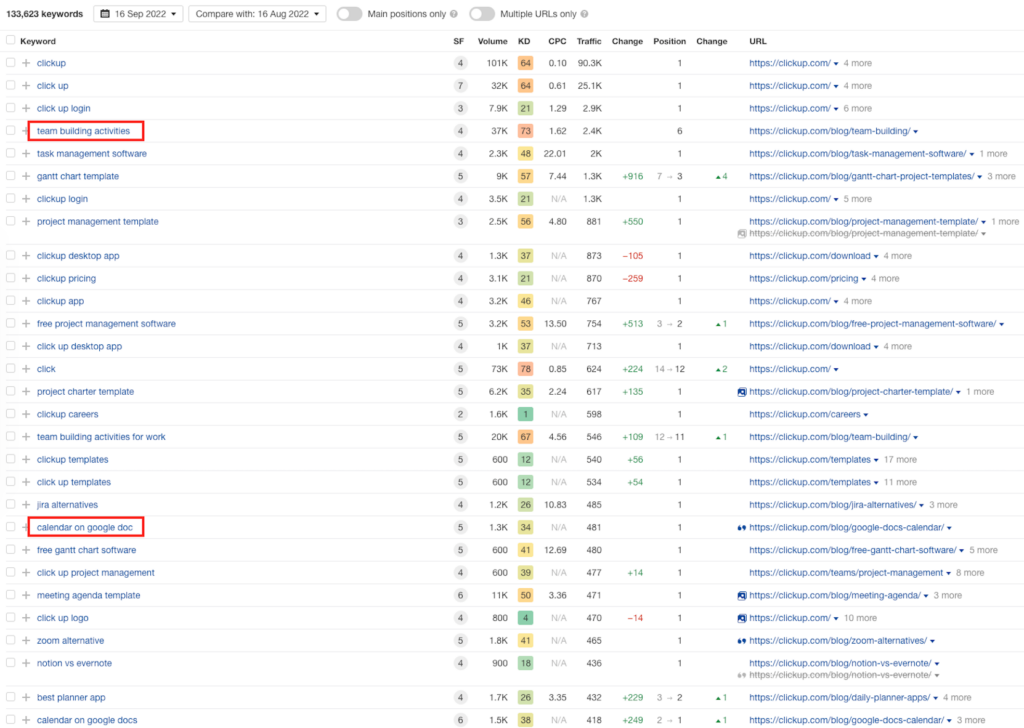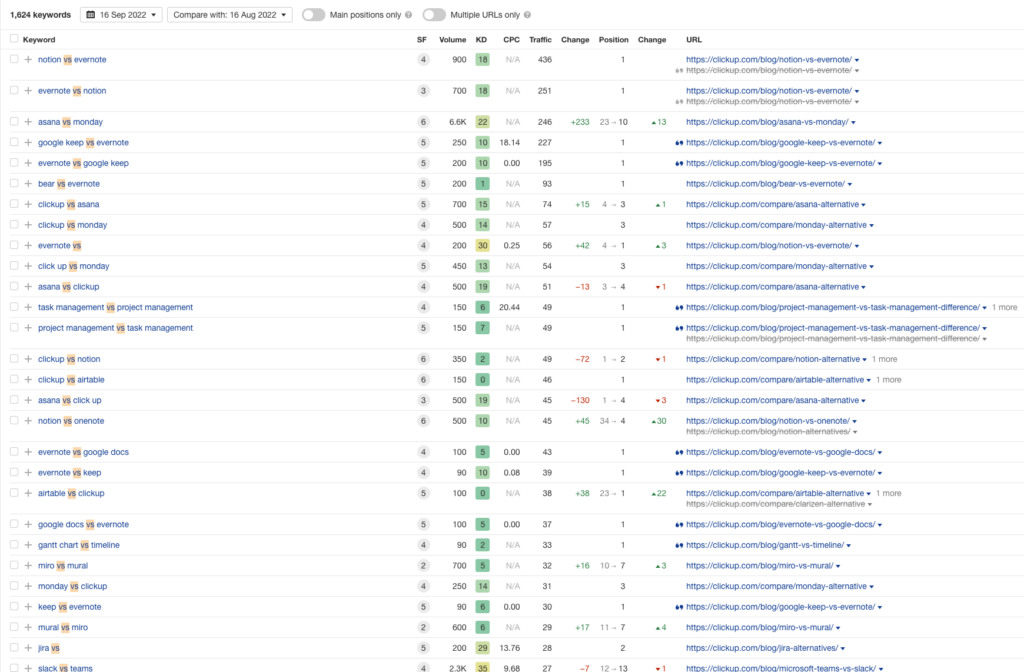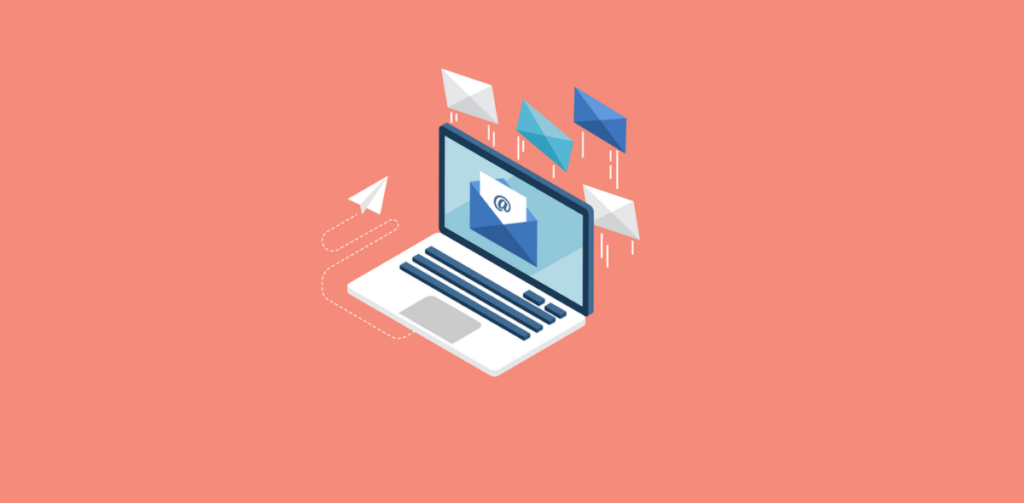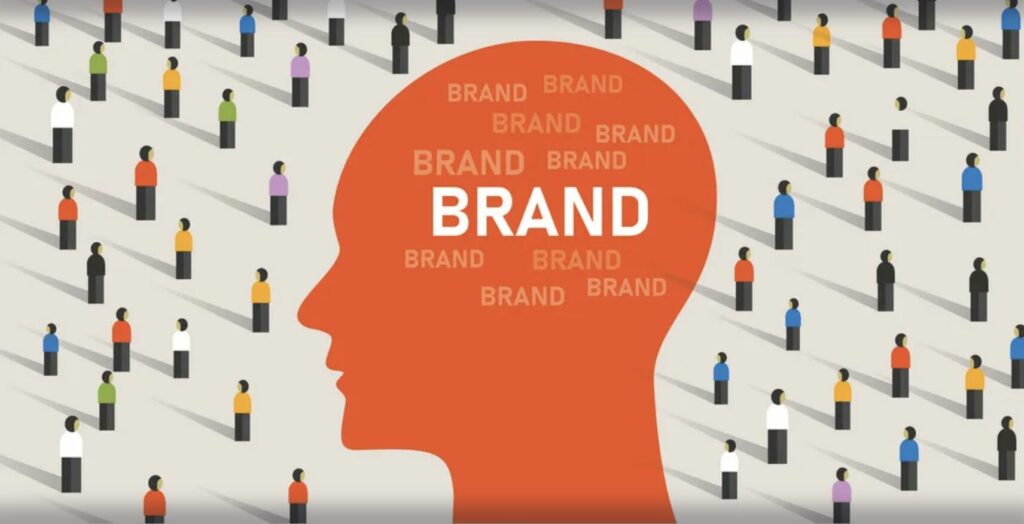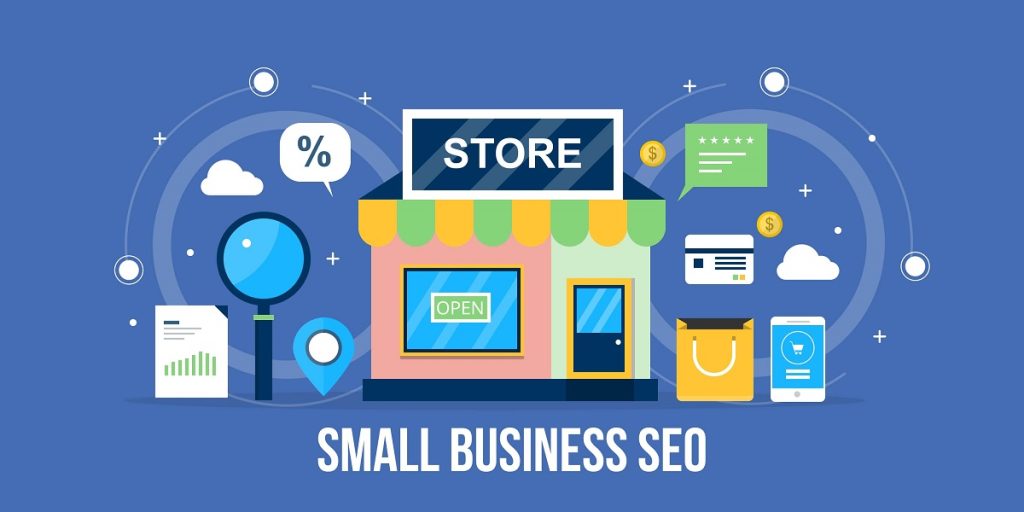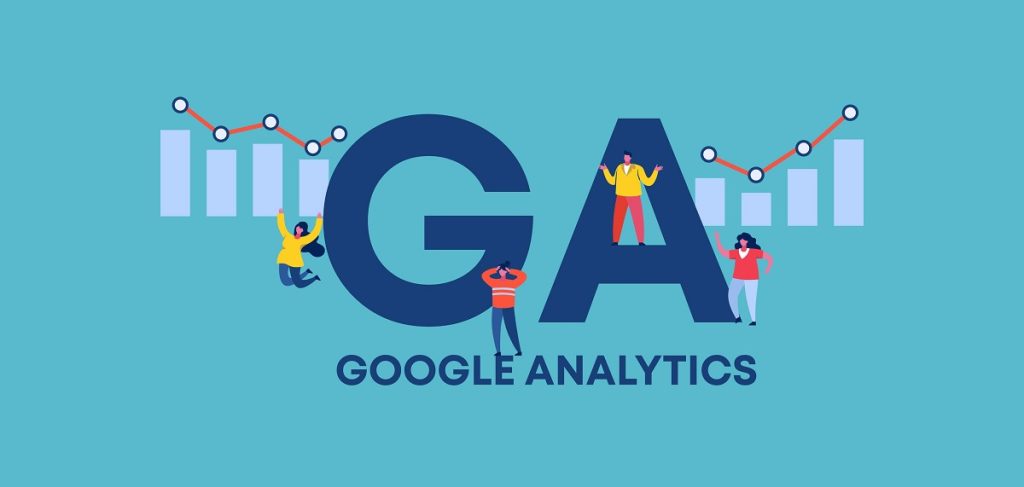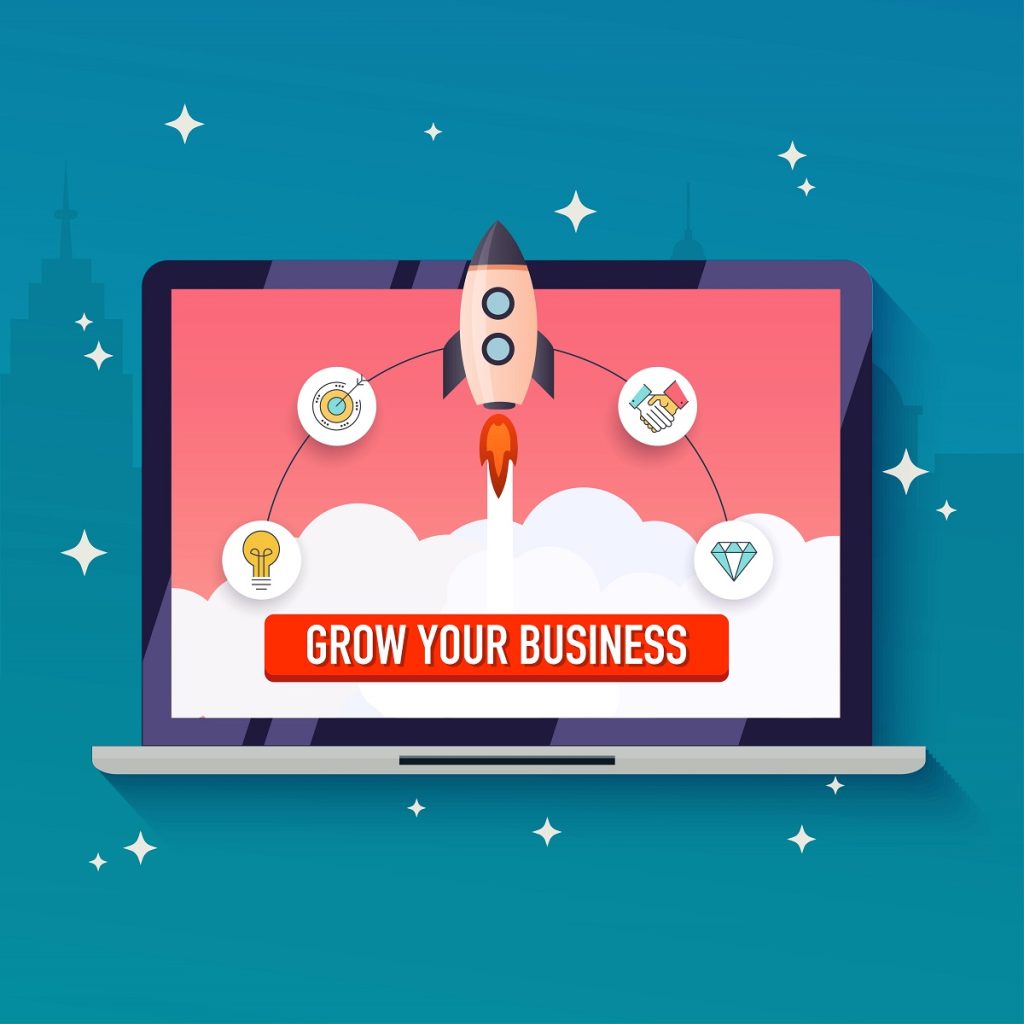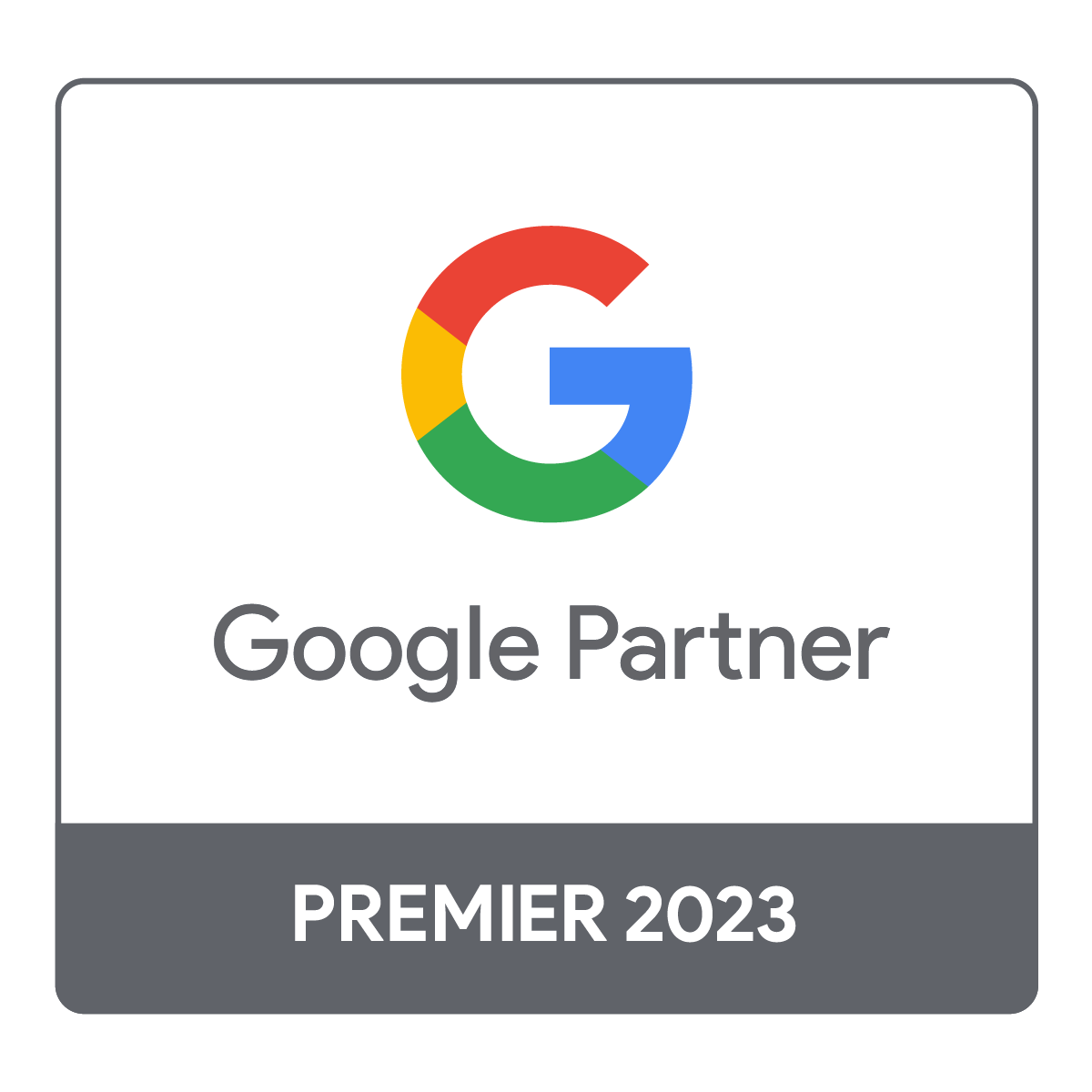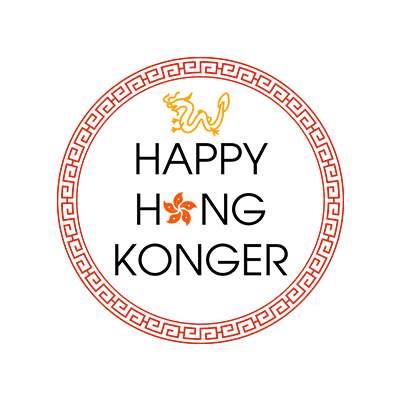Conversion rate optimisation, or CRO for short, is a process by which you can increase the percentage of website visitors that take a desired action, such as buying a product or signing up for a service.
You have the best website in the world, but no one is buying from you. What’s the point?
We are sorry to hear that, believe us. We know it’s a tough world out there, and you need every advantage you can get.
Conversion rate optimisation is the answer. By enhancing your website design, user experience, and marketing strategy, you can turn those browsers into buyers and start making some real money.
In this guide, we will teach you all about conversion rate optimisation and how you can use it to improve your website’s performance and sales. We will also introduce you to some of the best CRO tools and tactics available today. So what are you waiting for? Let’s get started!
What Is conversion rate optimisation?
Conversion rate optimisation is the art of turning more of your website visitors into customers. It’s about creating an experience that’s so compelling, people can’t help but take action.
It’s not about tricking or manipulating, it’s about understanding what motivates your audience and delivering on that promise.
By focusing on CRO, you’re not just boosting your bottom line, you’re building a brand that people trust and want to do business with.
Why is conversion rate optimisation important?
Now, with online shopping skyrocketing in the wake of COVID-19, it’s no wonder that online sales and conversion optimisation are becoming a real science.
An informed, data-driven approach with quantitative data is crucial to understanding how your customers are behaving. What are they doing once they leave the search engine results page? What are they doing on your web pages? How to drive their actions toward lucrative sales?
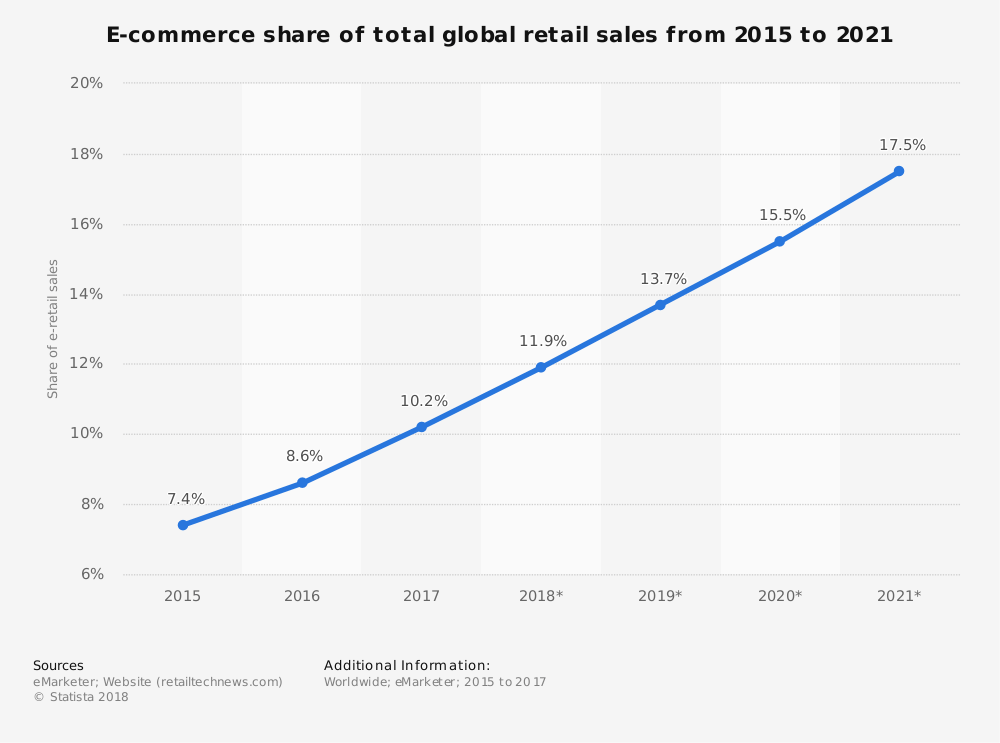
But any smart salesperson will tell you that this is a far-from-simple process. You must understand how to optimise your website, and sales funnel to really drive conversions.
CRO is the perfect plan for online sales success! Whether you do it yourself with CRO testing tools or use CRO services, CRO can get any web page or landing page to make more sales.
This is what CRO strategy is all about. It’s a complex and data-driven field of digital marketing. But never fear, we have top CRO tips and tricks your business needs!
Read on to smash your sales quotas, and conversion rates rise to the top of the world!

CRO & SEO – What’s the difference?
If you’ve worked in the digital marketing space, chances are you’ve come across the terms SEO and CRO. But what do they actually mean? SEO, or search engine optimisation, involves strategising and implementing tactics to improve a website’s visibility in search engines like Google.
On the other hand, CRO (conversion rate optimisation) focuses on optimising a website for more conversions – whether that be sales, sign-ups, or any desired action. While SEO and CRO often go hand-in-hand, they have distinct goals and strategies. SEO typically takes longer to see results, while CRO can yield immediate improvements. Both are important components of a successful digital marketing strategy.
Ultimately, SEO helps bring potential customers to your website, while CRO helps turn those visitors into actual customers or leads. As always with marketing, it’s essential to assess what your goals are and determine the right mix of SEO and CRO tactics to achieve them.

Want more sales? Want more leads?
See how First Page can drive insane sales. See actual results from your SEO campaign! Contact us!
How to calculate & measure my conversion rate?
The conversion rate is a metric used in web analytics to measure the success of converting website visitors into customers or subscribers. It can be calculated by dividing the number of converted users by the total number of website visitors and expressing it as a percentage.
For example, if a website has 1,000 visitors and 100 of them make a purchase, the conversion rate would be 10%. This metric can help measure the effectiveness of marketing campaigns and refining website design to improve conversion.
However, it is important to note that conversion rate alone does not give a complete picture of how successful a website or campaign is performing. Other factors such as average transaction value and repeat customers also contribute to overall profitability and should be considered when analysing conversion rates.
Remember to calculate your conversion rate, divide the number of conversions in a specific period by the total number of visitors to your site, then multiply it by 100%.

Where to implement a CRO strategy.
As a digital marketing agency, we believe that the most impactful place to implement a conversion rate optimisation strategy is wherever your potential customers are making decisions about your brand.
You see, CRO isn’t just about boosting your bottom line, it’s about creating an experience that is so compelling, intuitive, and human that people can’t help but take action.
Think about it. Every interaction a potential customer has with your brand is an opportunity for them to make a decision about whether or not they want to do business with you.
Whether it’s landing on your homepage, browsing your product pages, filling out a form, or making a purchase, each of these touchpoints is a chance to build trust and create a connection.
So, where do you start? First, it’s important to understand your audience and what motivates them. What are they looking for? Do you know their pain points? Are you aware of the value they want? Once you have this information, you can create an experience that speaks to their needs and desires.
Next, analyse your website data and user behavior to identify where the biggest opportunities for improvement are. Is your bounce rate high on certain pages? Are people abandoning their carts at checkout? These are the areas that you should prioritise for optimisation. Check out this awesome e-book from our CRO partner VWO on how to reduce cart abandonment.
And finally, don’t forget that CRO is an ongoing process. Regularly test and iterate to continuously improve the conversion rate. The world is always changing, and your audience is always evolving.
By staying attuned to their needs and continuously optimising your website, you’ll not only boost your bottom line, but you’ll also build a brand that people trust and want to do business with.
What is a good conversion rate?
Recent studies show that the average CRO falls between 2-5%. But there are outliers who are consistently achieving conversions of 11.5% and higher. The question is, how are some sites pulling this off!??
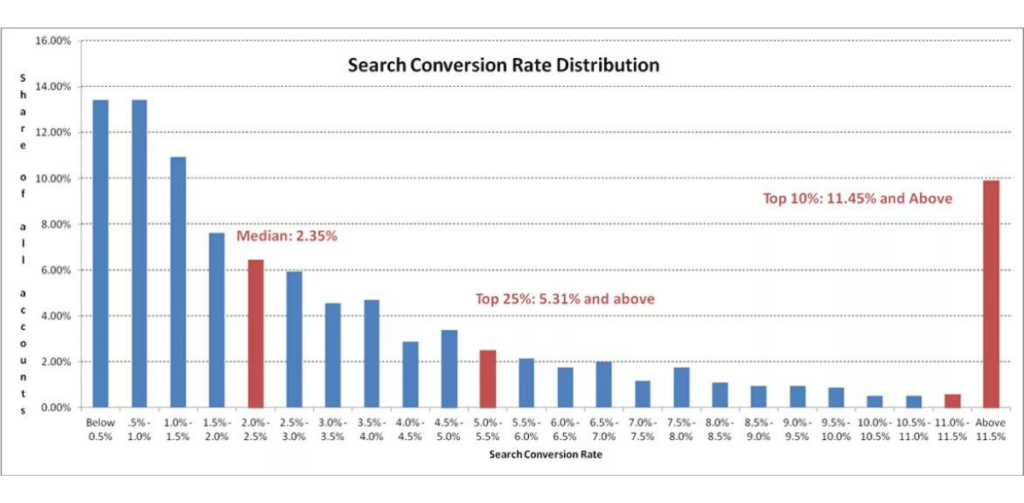
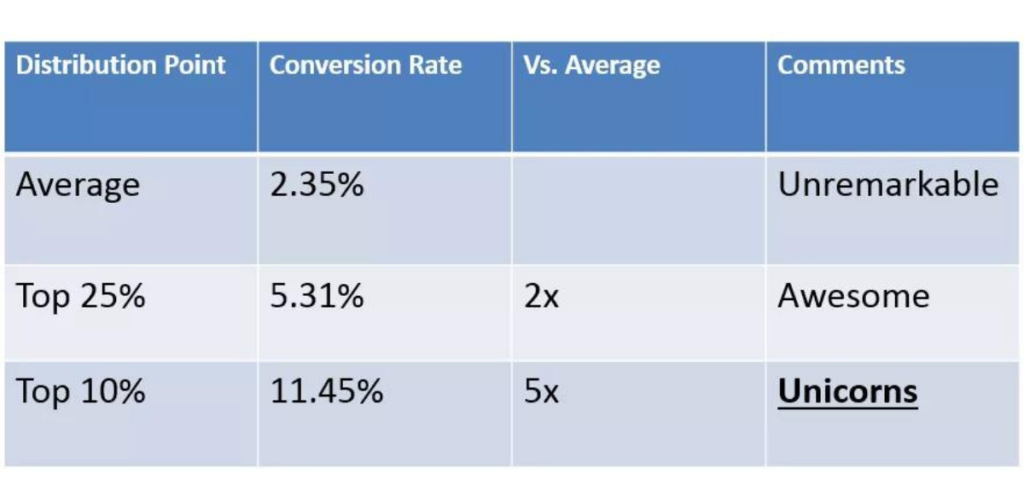
Conversion rate optimisation best practices.
We believe that the key to successful conversion rate optimisation (CRO) lies in following best practices that are both data-driven and customer-focused.
Here are a few of our top recommendations:
Know your audience:
Before making any changes to your website, it’s essential to understand who your target audience is and what motivates them. This will inform the decisions you make about website design, content, and messaging.
Test, test, test:
CRO is all about continuous improvement, and the best way to achieve that is through regular testing. Test different elements of your website, such as headlines, images, and call-to-actions, to see what resonates with your audience and drives conversions.
Make it easy:
The easier it is for people to take the desired action, the more likely they are to do so. Streamline the checkout process, minimise the number of steps required to complete a form, and make sure that important information is easy to find.
Focus on the customer experience:
The overall experience a customer has on your website can make or break a conversion. Make sure that your website is user-friendly, visually appealing, and provides a seamless experience from start to finish.
Use data to inform decisions:
Data is your friend when it comes to CRO. Use website analytics to understand how people are interacting with your website and identify areas for improvement.
By following these best practices, you’ll be well on your way to creating a website that drives conversions and grows your business.
Keen to learn more about on-page SEO?
We have a great post on on-page SEO. You can read it to learn more fast!
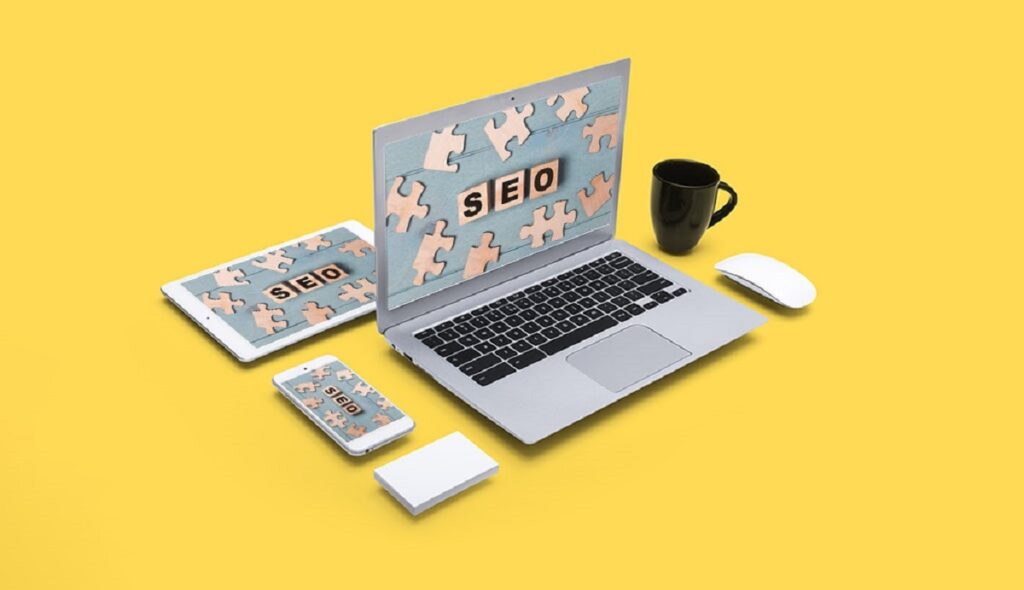
CRO kickstart checklist.
Here is a CRO kickstart checklist to help you get started with optimising your website for conversions:
Define your conversion goal:
What action do you want visitors to take on your website? Whether it’s making a purchase, filling out a form, or signing up for a newsletter, defining your goal will help guide your optimisation efforts.
Analyse website data:
Use website analytics to understand how people are currently interacting with your website. Look for patterns and trends in visitor behavior to identify areas for improvement.
Conduct user research:
Talk to your customers and gather feedback on their experience using your website. This can help you identify areas where the user experience can be improved.
Identify areas for improvement:
Based on your analysis of website data and user research, identify areas of your website that can be optimised to drive conversions.
Prioritise optimisation efforts:
Not all areas of your website are created equal. Prioritise the areas with the biggest impact on conversions to maximise your results.
Test more than often:
Regular testing is key to continuous improvement in CRO. Start with small, simple tests and work your way up to more complex tests as you become more confident in the process.
Monitor results:
Use website analytics to track the impact of your optimisation efforts on conversions. This will help you understand what’s working and what’s not, so you can make informed decisions about future optimisation efforts.
By following this CRO kickstart checklist, you’ll be well on your way to optimising your website for conversions and growing your business.
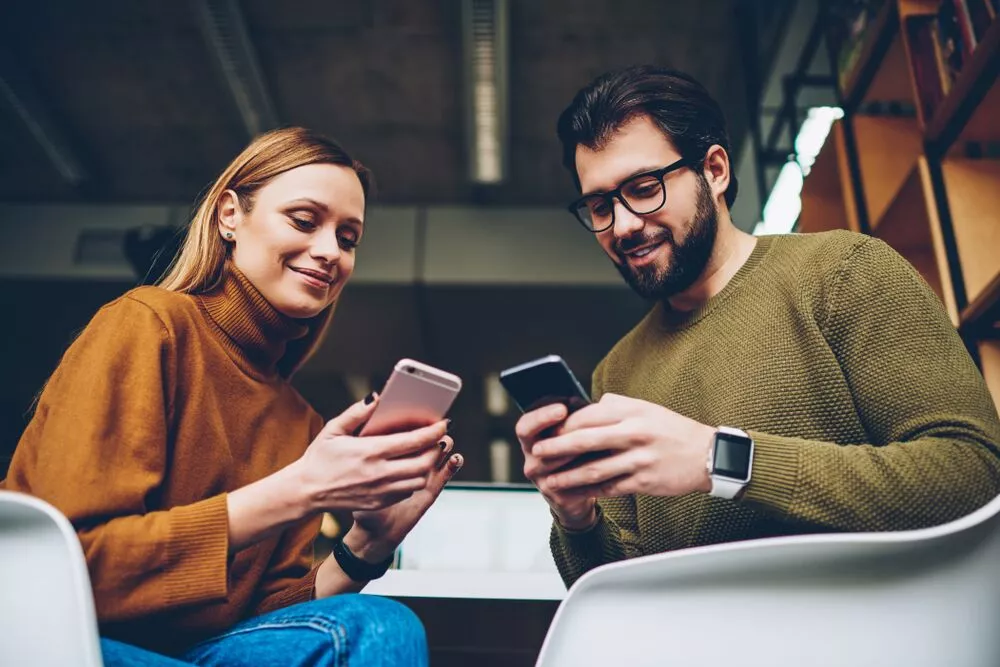
Essential tools for conversion rate optimisation.
What are some quantitative tools for CRO?
Web analytics tools:
When it comes to website optimisation, data and insights are essential. And one of the best ways to gather this information is through web analytics tools.
Tools such as Google Analytics can provide valuable insights into website traffic, visitor behavior, and conversion rates.
Heat mapping software:
Tools like Hotjar and Crazy Egg allow you to see how visitors interact with your website by creating visual representations of clicks, taps, and mouse movements.
Survey tools:
Tools like Qualtrics and SurveyMonkey can be used to gather feedback from website visitors about their experience on the site.
Form analytics:
Tools such as Zuko can help you track and analyse form submissions and identify areas for improvement.
By leveraging these tools, you can gather data-driven insights that inform your optimisation efforts and help you improve the performance of your website.
What are some qualitative tools for CRO?
Several qualitative tools can be used for conversion rate optimisation (CRO) to gather insights into the user experience and identify areas for improvement:
User testing:
Conducting in-person or remote user tests can provide valuable insights into how people interact with your website and identify areas for improvement.
Customer interviews:
Talking to your customers directly can provide valuable insights into their experience using your website and help you identify areas for improvement.
User feedback tools:
Tools such as UserVoice and Qualaroo allow website visitors to provide feedback on their experience using the site.
Session recording software:
Tools like FullStory and Mouseflow allow you to see how visitors interact with your website in real-time, including mouse movements, clicks, and scrolling.
You may acquire a deeper insight of the user experience on your website and pinpoint areas for improvement by utilising these qualitative tools. You may then use this information to inform your optimisation efforts and enhance the functionality of your website.
What about A/B testing for CRO?
A/B testing, also known as split testing, is a method used in conversion rate optimisation (CRO) to compare two or more versions of a web page to determine which version performs best in terms of driving conversions.
Here’s how A/B testing can help with your CRO efforts:
Data-driven decision-making:
By comparing different versions of your web page, A/B testing provides data-driven insights into what changes have the biggest impact on conversions. This information can then be used to inform your optimisation efforts and make data-driven decisions about the design and layout of your website.
Continual improvement:
A/B testing allows you to make small, incremental changes to your website over time, which can help you continuously improve the user experience and increase conversions.
Increased confidence:
By running controlled experiments, A/B testing provides a level of confidence in the results of your optimisation efforts. This allows you to make informed decisions about changes to your website based on real-world data.
Increased conversion rate:
By making data-driven changes to your website based on the results of A/B tests, you can increase the conversion rate of your website, leading to more conversions and increased revenue.
In summary, A/B testing is a powerful tool for conversion rate optimisation that can help you make data-driven decisions, continually improve the user experience, increase confidence in your optimisation efforts, and ultimately increase your website’s conversion rate.
Will CRO benefit my business?
There’s no point in having a sizzling SEO strategy if the traffic you’re generating doesn’t take the action you need. Conversion Rate Optimisation is the missing piece of the puzzle, driving engagement and achieving tangible results. It’s the kind of online activity that has noticeable, real-world effects.
These are the top 5 advantages of CRO.
- You can quickly and efficiently produce the best ROI by using effective CRO.
- CRO aids in your website’s ascent to the top of Google’s SERPs, resulting in more traffic and visibility.
- You can learn more about your consumers’ demands, behaviors, and patterns thanks to these analytics and data analysis.
- Your consumers have a seamless and easy buying process thanks to it. Increased engagement is a result of great UX!
- You will increase conversions and significantly outperform your rivals who, for the most part, won’t make an effort to optimise their conversion rates.
Conclusion – Conversion rate optimisation delivers sales Superstardom!!
If you’re serious about leads generated and sales, then converting online visitors into paying customers should be at the top of your to-do list!! It’s a strategy that works hand in hand with search engine optimisation – gaining visibility and driving traffic, then turning these leads into lucrative sales.
Conversion Rate Optimisation should be on the mind of every business owner who wants to sell online. If you’re not thinking about how to connect the dots and drive serious sales, then all your hard work, from business growth to product development and search engine optimisation, will have been for nothing. Focus on more sales and more customer satisfaction, now!
Time to find a trustable CRO agency for your next CRO project.
CRO isn’t easy, but luckily, First Page is the expert digital marketing agency that Hong Kong businesses need to succeed! We have years of SEO and CRO experience – combining our skillsets to get you found online – driving serious traffic, and exploding your conversions!!
First Page is the digital marketing agency to trust when you need a high-quality conversion rate optimisation agency and its assistance to increase your online sales.
Contact our account managers today to see your conversions and sales skyrocket!

Ready to reach page one on Google?
We know you want to make real money! Get ready to convert customers like crazy. Please do not delay. Contact us today!
Extra reading for you – CRO tips for success!
Whether it’s through A/B testing, user research, or other optimisation techniques, the goal is always the same: to help companies succeed by turning their website into a powerful conversion money making machine!
What are the 7 ways to increase your conversion rates?

1. Use A/B testing
You can compare the effectiveness of various online marketing techniques using A/B testing. A/B testing involves creating two versions of a website, webpage, blog article, or landing page to determine which one is most popular with users. Today’s market is flooded with A/B testing tools, enabling you to try out various CRO strategies.

2. Drive Your Buyers Journey With Quality Content
There are four steps on the buyer’s journey:
- Awareness
- Interest & Evaluation
- Desire
- Action
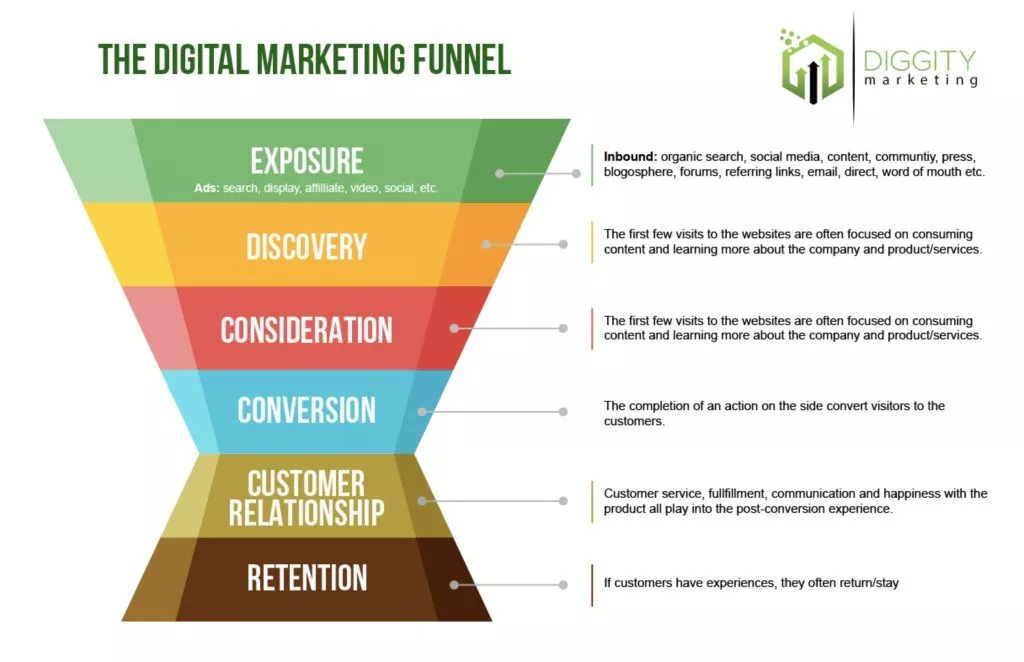
At the Awareness stage, you’ll need to create copy that includes quality backlinks. Building links from quality websites will help you generate authority and expertise.
At the Interest stage, you can benefit from an attention-grabbing content strategy. Standout blog posts, pics, and clips of your products and brand will work well here.
Desire is all about making visitors want your product because it’s better than the competition. You can show this with real testimonials, reviews, and case studies that communicate the benefits of your brand.
As for the Action – this needs to take place at all costs! It’s consumer behavior that will make a real difference to your business. And if you can’t achieve it, then the journey simply isn’t complete.
Offering a free trial of your service, a money-back guarantee, competitions, or creative content that guides your visitors to purchase are all effective Conversion Rate Optimisation strategies.
3. Use a chatbot
Incorporating chatbots into your CRO strategy can be a valuable asset for your website. Chatbots allow for instant communication with visitors, providing them with information and assistance while they are actively engaged on your site.
This direct approach can help to increase conversion rates by addressing specific concerns and guiding visitors towards taking desired actions.
Additionally, chatbots can collect data about customer behavior and preferences, helping to improve overall website optimisation.
By implementing a chatbot, businesses can not only improve the user experience, but also gather valuable insights to make informed CRO decisions.
It is important to note, however, that chatbots should supplement rather than replace human interaction.
By combining the convenience and efficiency of chatbots with personalised attention from customer service representatives, businesses can both enhance conversions and create positive experiences for their customers.
One of the common criticisms of chatbots is that they’re impersonal and ineffective.
But statistics show that chatbot use and positive interactions are skyrocketing…
- 40% of millennials use chatbots every day.
- 67% of millennials would buy a service or product using a chatbot.
- 70% of millennials report positive experience when engaging with chatbots.
- 66% of millennials and 58% of Baby Boomers see 24/7 service as the main benefit of using a chatbot.
As you can see, chatbots can make a difference with conversion optimisation. We recommend adding one, especially if you have an eCommerce site.
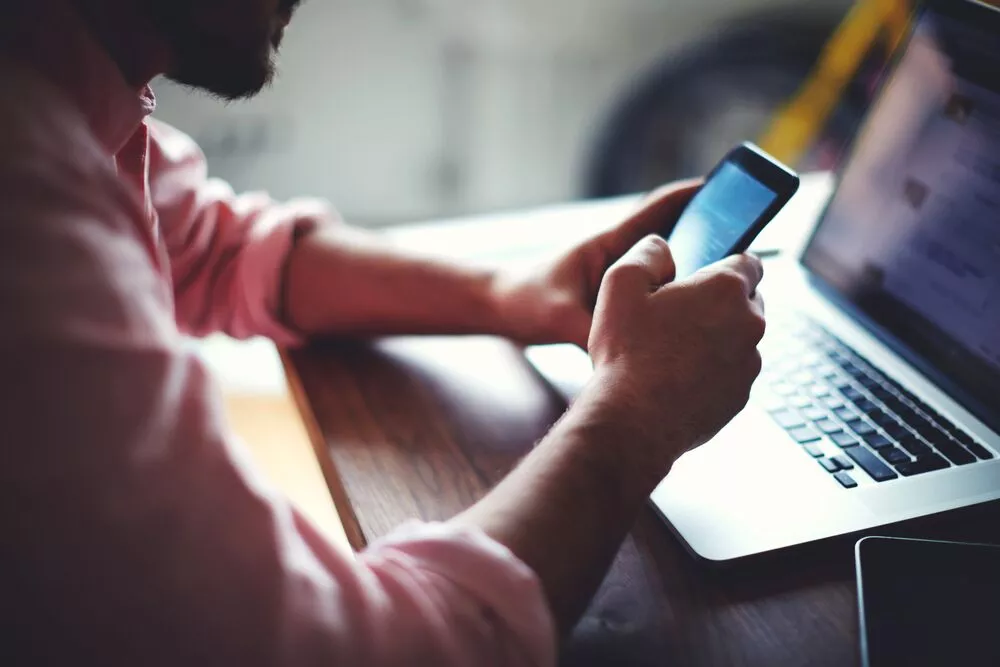
4. Audit Your Website
With a careful combination of both SEO and CRO services, you’ll be able to discover the exact strategies that are converting.
These are the questions you or your analytics team will need to explore…
- What’s your bounce rate? Where does this occur most onsite? Is it on landing pages, blog articles or product web pages?
- How do visitors find your site? Which ads or links are performing best?
- Are people using desktops or mobile devices to access your site?
- Which parts of your website are achieving the most engagement?
- What are the demographics of your users? And does this match up with your target audience?
5. Write CTAs that drive the user behavior you want
CTAs are crucial because they’re one of the most direct drivers of behavior anywhere on your site. If you’re smart about your CTAs, then you’ll get a jump on your competition because it’s a design feature that’s often overlooked…

To write a successful CTA for lead generation, you’ll need to ensure that your call to action…
- Is colorful and stands out
- Includes copy that encourages visitors to take action (“Visit Our Store”, “Click to Subscribe” etc).
- Is designed to be unmissable and really pops on the page!!
6. Should you optimise your page speed?
Yes, you should! It’s vital to make sure your page is loading quickly. Landing page optimisation is exceptionally important.
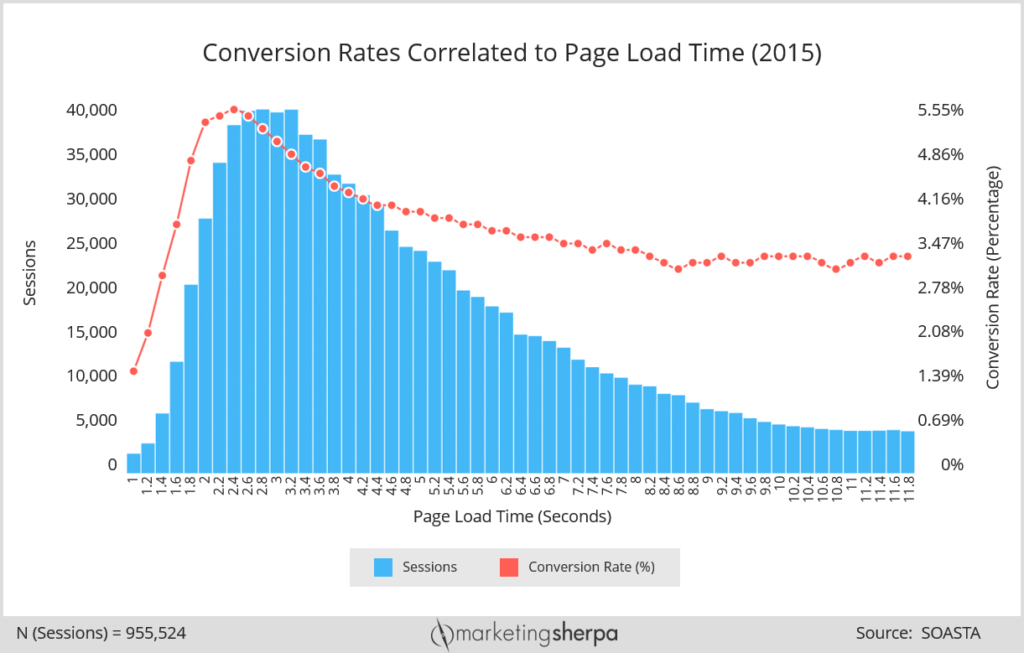
Your site MUST run quickly and smoothly on all devices, particularly mobiles, to avoid your bounce rate rising and your conversation rate falling. You can check your mobile page loading time using Google Analytics.
7. Improve your UX and make online sales super easy
Your customers need a smooth sales process. In simple terms, your visitors want to find, research, and purchase your products as quickly and easily as possible.
When it comes to making sales online, a positive user experience (UX) can make all the difference. Poor UX can lead to frustration and abandoned carts, while stellar UX can increase conversion rates (CRO).
So how can businesses improve their UX and make it easy for customers to purchase products or services? One way is by streamlining the checkout process.
This means reducing the number of steps required to complete a purchase and automating forms so that customers don’t have to constantly re-enter personal information. Another aspect of UX that should be evaluated is website navigation.
Can customers easily find what they are looking for, or do they get lost in a maze of confusing menus and subcategories? Providing clear and intuitive navigation can also lead to an increase in online sales. By prioritising CRO and UX, businesses can create a seamless purchasing experience for their customers.
Any impediments to this process will break your sales funnel and destroy your Conversion Rate Optimisation. If your customer journey is complicated, unclear, or requires excessive personal information, then this will be killing your conversions.
Make your sales funnel simple with clear CTAs and avoid asking them to fill out long forms. Finally, your cart or checkout MUST be seamless and simple to ensure an outstanding user experience.
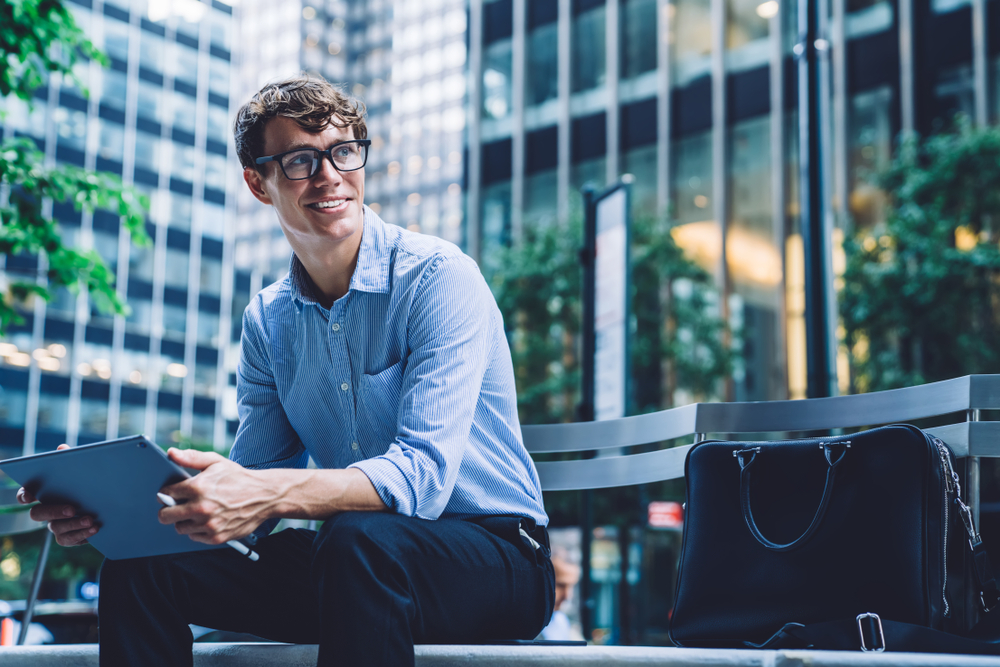
What else apart from good CRO can drive traffic and sales?
Are you a busy business owner? You may not have the time to run the marketing tactics you need to make money regularly. If this is the case, we encourage you to review some of our strategic marketing services to drive more sales:
- SEO for your business to drive qualified leads
- Social media management for improved brand awareness
- Linkbuilding to drive organic traffic to your website
- Top converting landing pages to convert your leads
- Email marketing campaigns to bring in referrals














